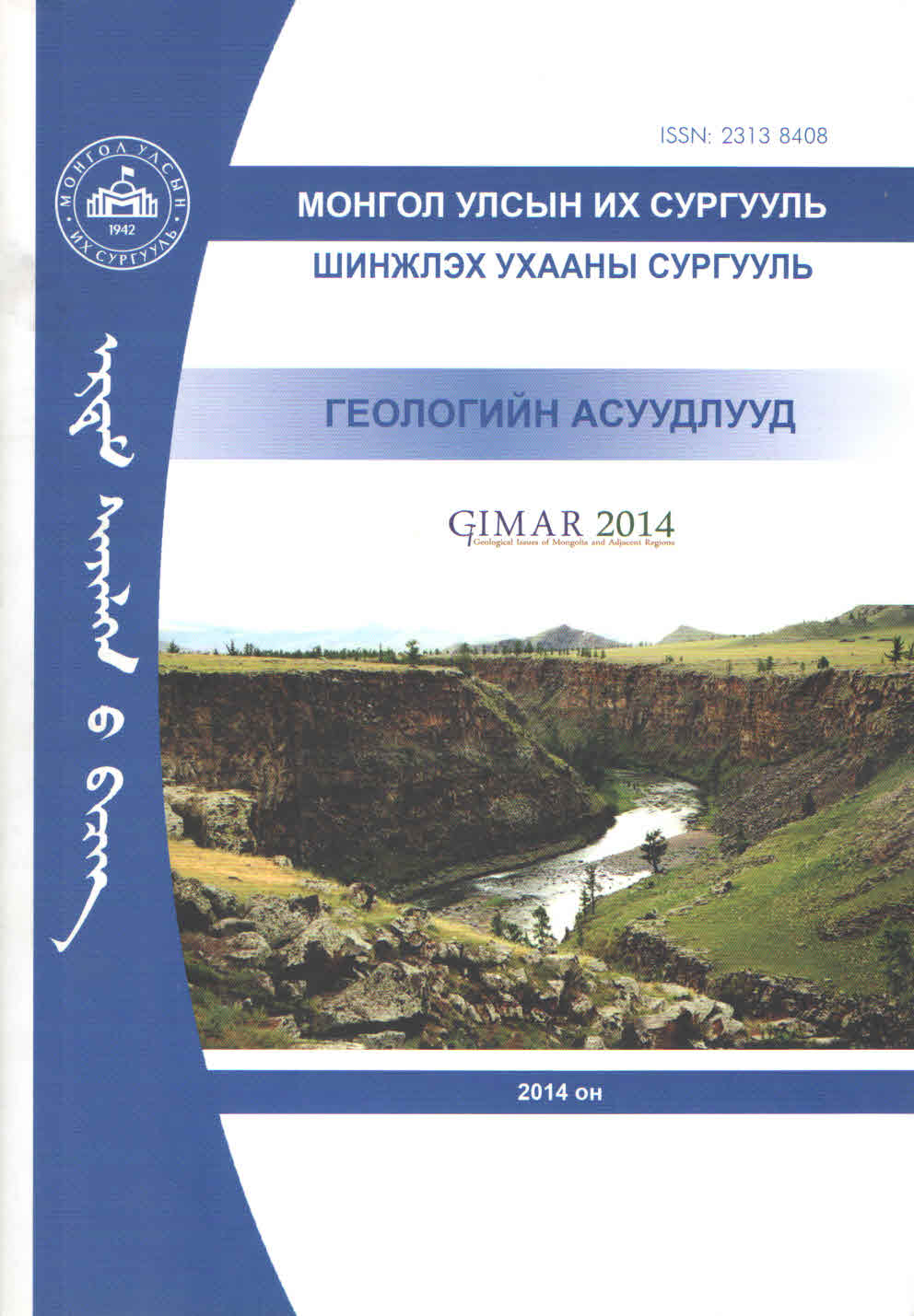PRELIMINARY REPORT ON DARKHAD DRILLING PROJECT 2010-2014 AND INTRODUCTION OF ON-GOING JOINT PROJECTS
Abstract
The Darkhad (Darhad) Basin is located in high plateau of Mongolia, west to Lake Khuvsgul (Hovsgol) bounded by high mountain range of ~3000m above sea level. Both of Lake Khuvsgul and Darkhad Basin situate in Baikal Rift zone (ref), and formed by the extension of the area. Because of their remote location and thick sediments deposited on the deep lake bottom, which is typical of tectonic lakes, these basins, together with lake Baikal, are one of the best fields to study past climate changes by analyzing sedimentary cores. The Darkhad Basin was filled with water, which is deduced from the distribution of paleoshorelines and thick lake deposits in the Basin (Krivonogov et al., 2005). The reason why water outlet (Shishhid Gol) was dammed to keep water in the basin is still under the debate, but damming by the glacier is widely accepted. Because the basaltic lava distributed around the outlet of the Shishhid Gol, damming by the lava is also considered. When ice dam was failed, the mega flood must have attacked the lower reach of the Shishhid Gol (O’Connor and Costa, 2004). In 2010, additional three sediment cores are recovered by the Darkhad Drilling Project Members near Lake Dood Nur for the purpose of reconstructing history of Darkhad Basin (or Darkhad paleo lake) and paleoclimate. This study reports preliminary data for these three cores. Together with the Research in Darkhad Basin, the paleoenvironmental researches are going on in Terkhin Tsagaan Lake. Small lakes suitable to observe modem terrestrial process are under the search for the purpose of understanding the mechanism to produce the fluctuation found in lake core samples.
Downloads
Downloads
Published
How to Cite
Issue
Section
License
Copyright (c) 2023 Геологийн асуудлууд

This work is licensed under a Creative Commons Attribution-NonCommercial-ShareAlike 4.0 International License.


